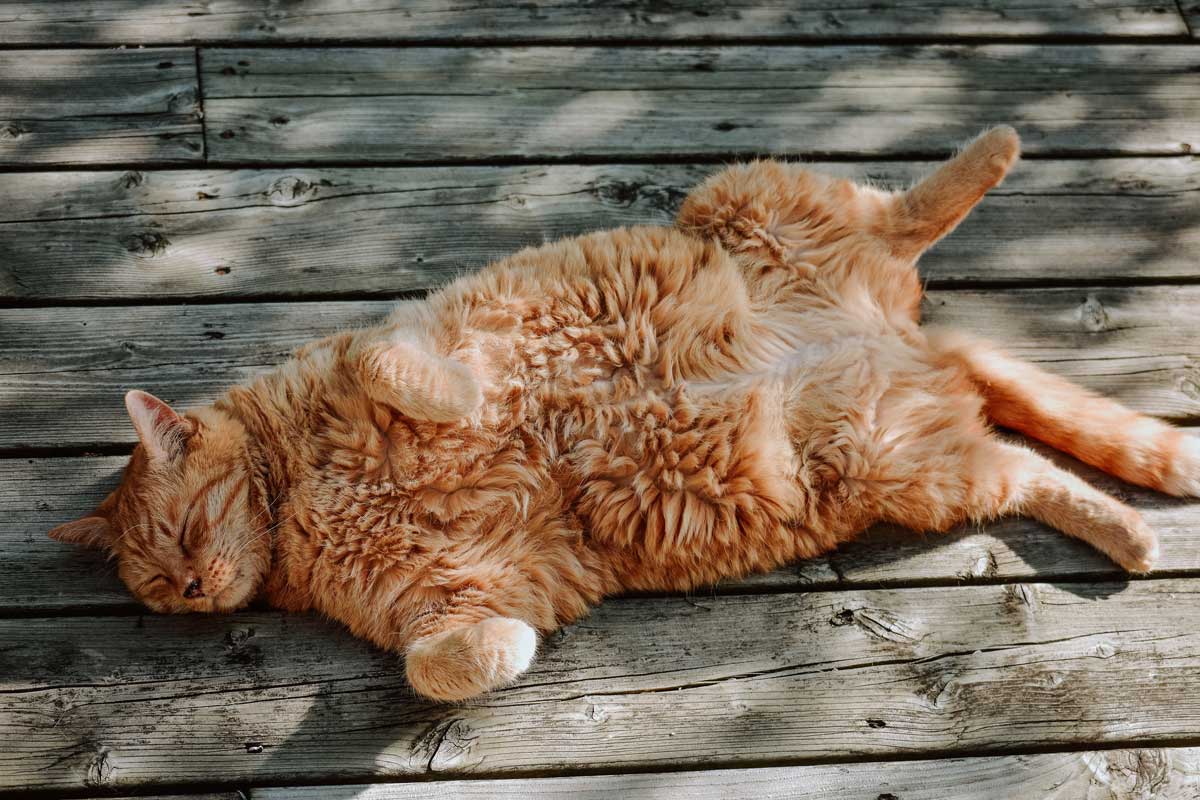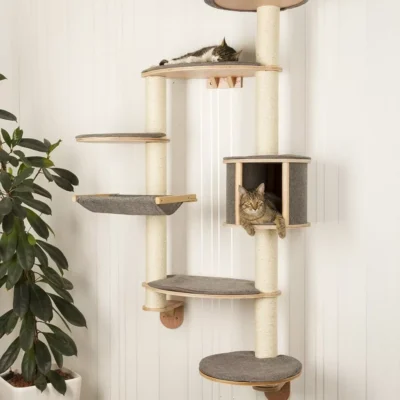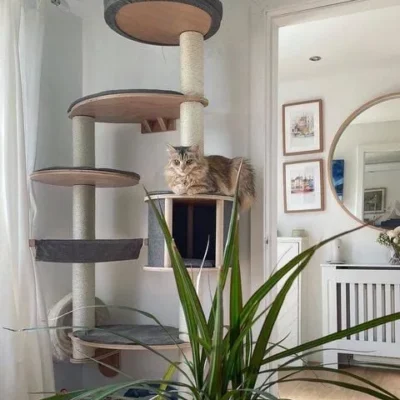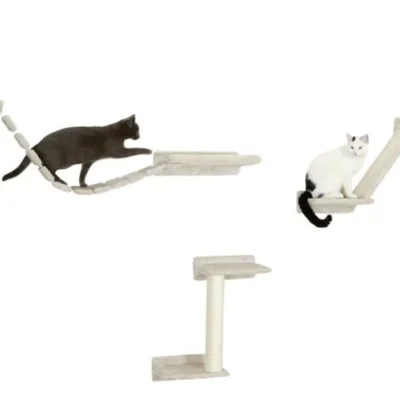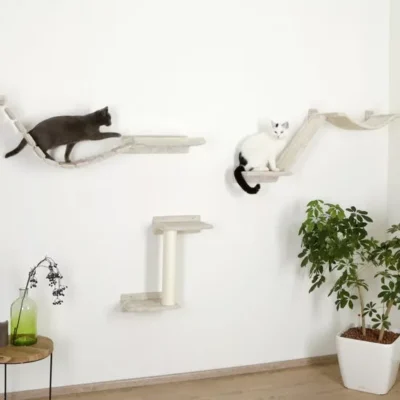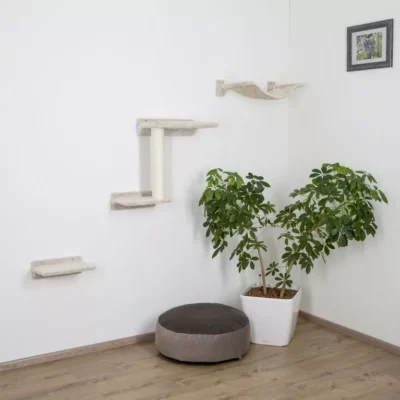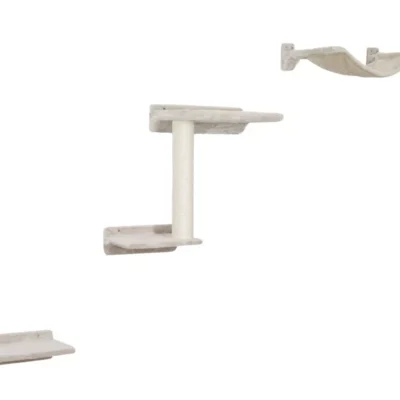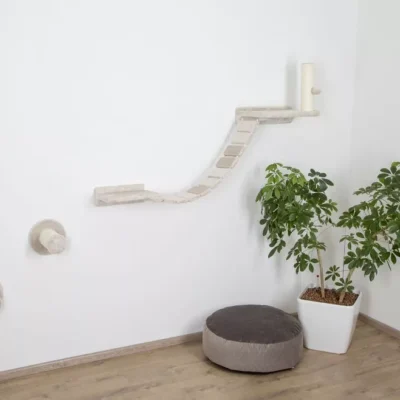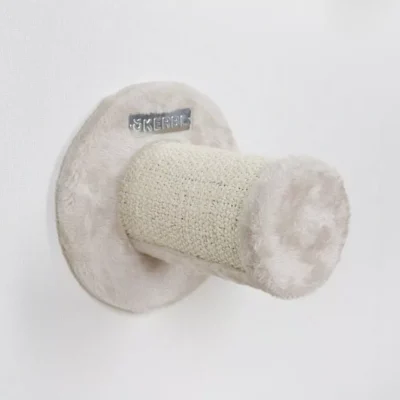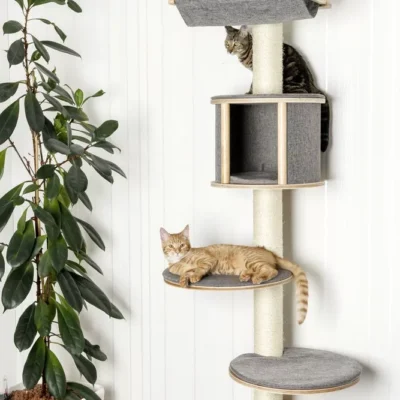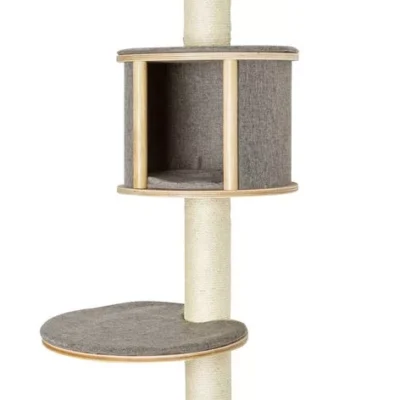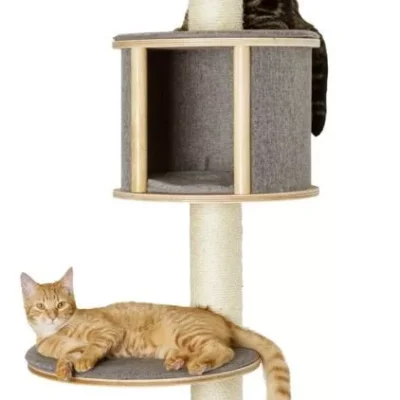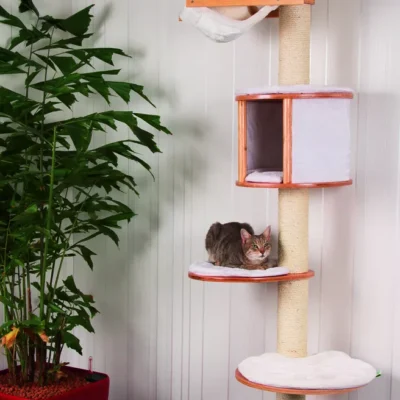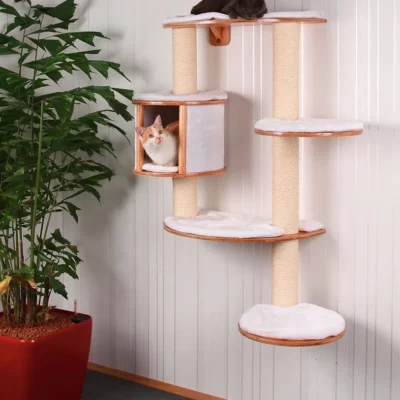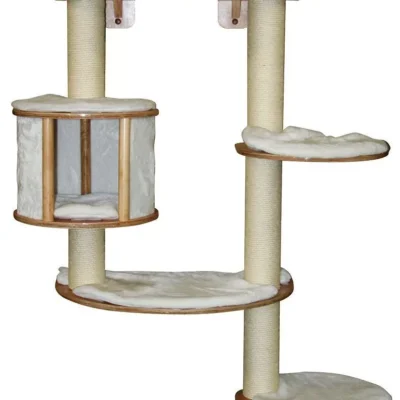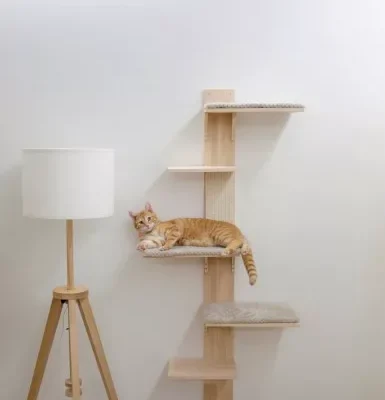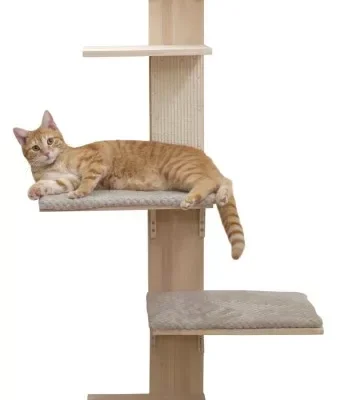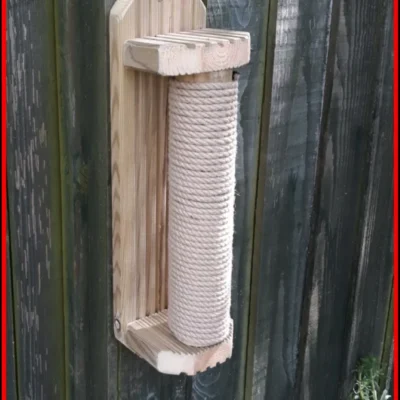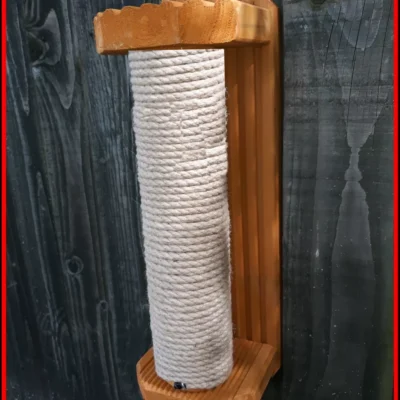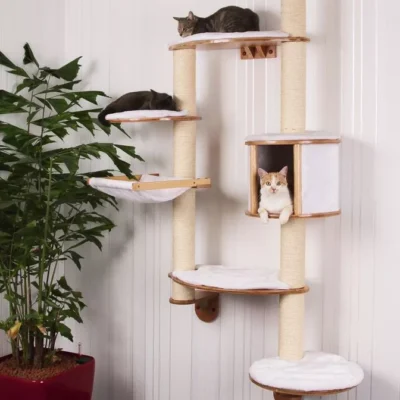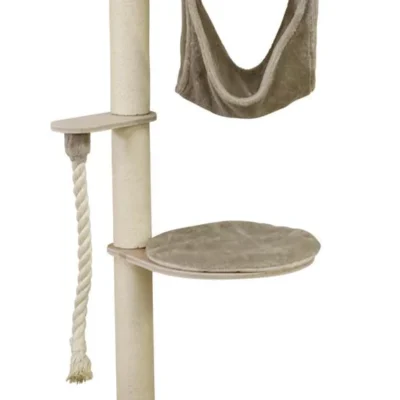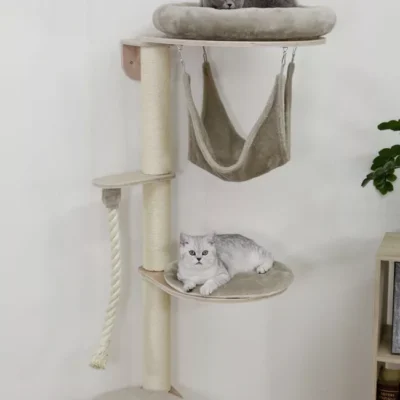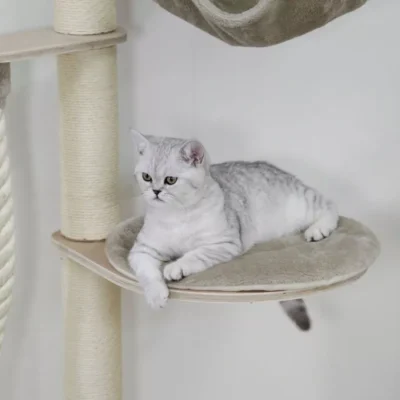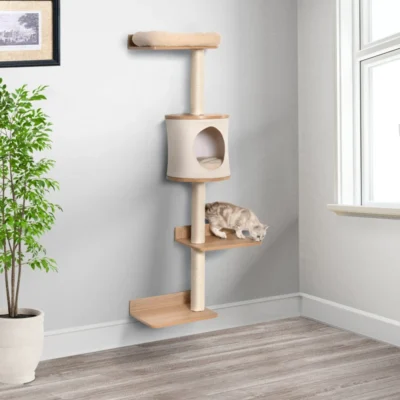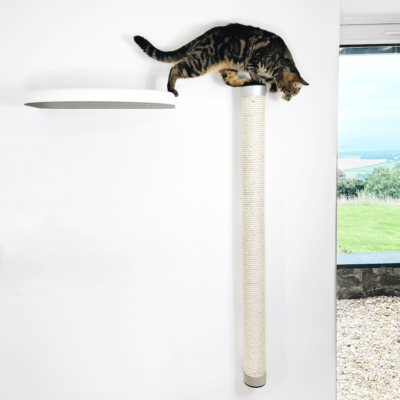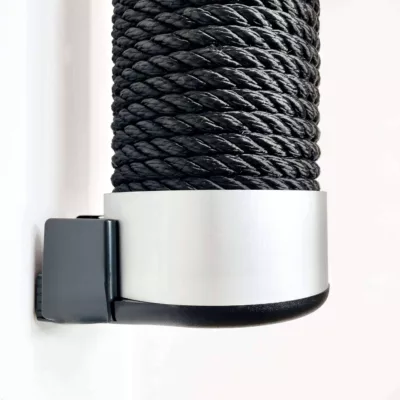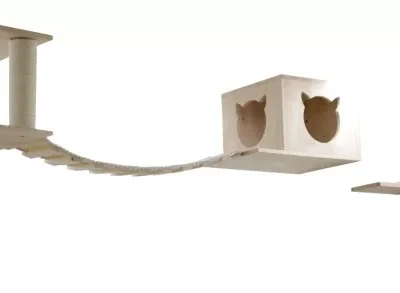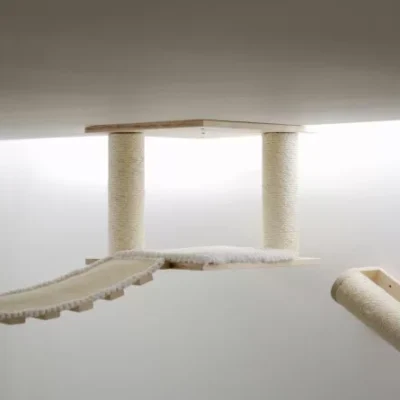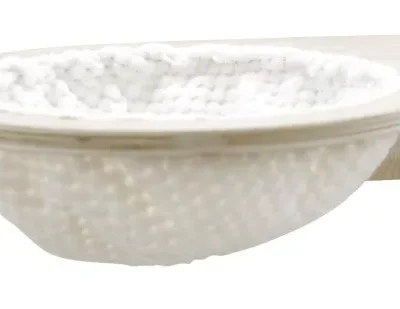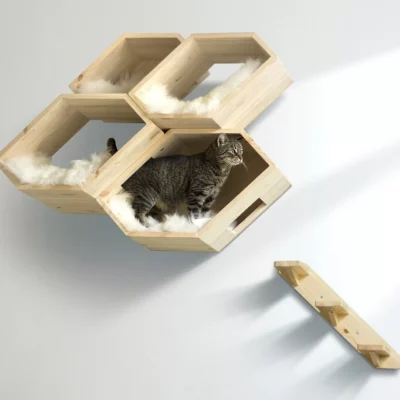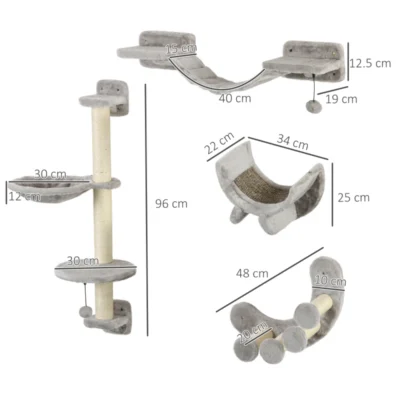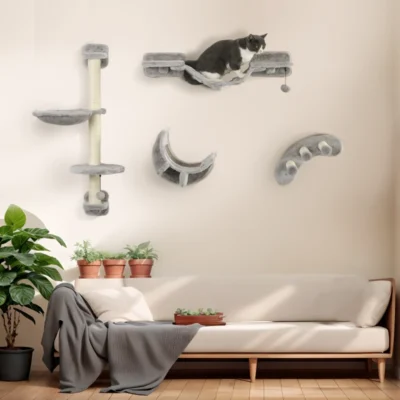0
The topic of feline sweating is a fascinating one that delves into the unique physiological characteristics of cats and how they differ from humans in regulating their body temperature. A prevalent myth is that cats sweat in the same way as humans, but this is a misconception arising from a misunderstanding of feline physiology and their thermoregulation mechanisms. It’s essential to debunk this myth not only to correct a common misunderstanding but also to deepen our understanding of how cats maintain their health and comfort. By exploring the truth behind how cats regulate their body temperature, pet owners can better cater to the needs of their feline companions, ensuring their comfort and health across various environmental conditions.
The primary goal of this blog is to offer readers a thorough and accurate understanding of how cats manage their body temperature, highlighting the significant differences between their mechanisms and those of humans. This knowledge is particularly valuable for cat owners, veterinarians, and feline enthusiasts, as it helps clarify common misconceptions, sheds light on the nuances of feline biology, and provides practical advice for maintaining the well-being of cats in different climates.
To fully grasp the distinct nature of feline thermoregulation, it’s crucial to first understand human body temperature regulation. Humans primarily regulate their temperature through eccrine sweat glands, which are distributed across much of the body’s surface. These glands produce sweat, a mixture predominantly consisting of water and salts. As this fluid evaporates from the skin, it effectively cools the body, thereby releasing excess heat and maintaining a stable internal temperature. This mechanism is particularly effective in warm environments or during physical activities. In contrast, cats employ a different method for thermoregulation, which we will explore in the subsequent sections of this blog, highlighting the unique aspects of feline biology in temperature regulation.
Understanding Feline Thermoregulation
Understanding the intricacies of feline thermoregulation offers valuable insights into the unique physiological adaptations of cats, particularly regarding how they maintain their body temperature. For cats, having a stable body temperature is not just a comfort issue but a crucial aspect of their overall health and vitality.
The normal body temperature for cats ranges from 100.5°F to 102.5°F (38.1°C to 39.2°C), a range within which all vital bodily functions, including digestion, muscle activity, brain operations, and immune responses, operate at their optimum. Maintaining this temperature is essential, as it enables cats to effectively combat infections and sustain a healthy immune system. To keep their body temperature within this ideal range, cats utilize a variety of mechanisms, particularly tailored to cope with varying external temperatures.
One of the primary methods cats use to regulate their body heat is through panting and respiratory cooling. This is a significant point of difference from humans, who primarily rely on a wide distribution of sweat glands for thermoregulation. Cats, in contrast, use panting – a process characterized by rapid and shallow breathing.
Panting allows cats to release heat by evaporating moisture from the lungs and airways. This process effectively increases air circulation through the respiratory tract, facilitating a more efficient exchange of heat. Panting is especially crucial in hot conditions or following intense physical activity. It’s a quick and effective way for cats to lower their body temperature, helping them to avoid overheating and maintain a stable internal environment.
The notion that cats do not sweat is a common misconception. In reality, cats do have sweat glands, but these are limited in number and far less significant compared to those in humans. These glands are predominantly located in specific areas of a cat’s body, such as the pads on their paws. When cats do sweat, it is usually in response to extreme heat or stress.
However, the amount of sweat they produce is much less than humans, and it’s often so minimal that it goes unnoticed. Because of this limited capacity to sweat, cats rely more heavily on other means of cooling down, such as panting. Additionally, cats often adopt behavioral adaptations for thermoregulation, such as seeking cooler locations or resting during the hottest parts of the day. These behaviors, combined with their limited sweating ability and reliance on panting, underscore the unique and specialized ways cats maintain their body temperature, distinguishing their thermoregulatory processes from those of humans.

